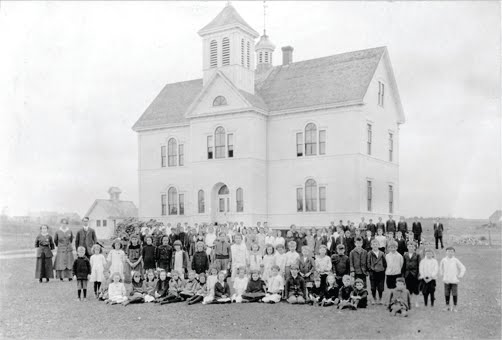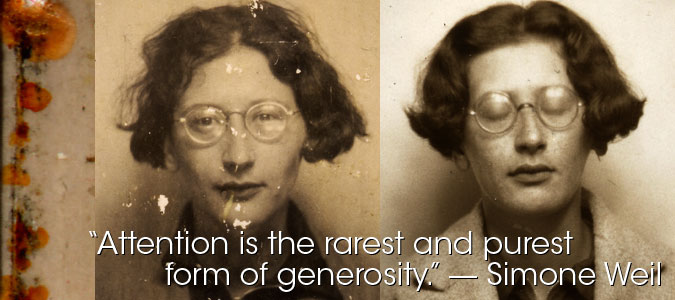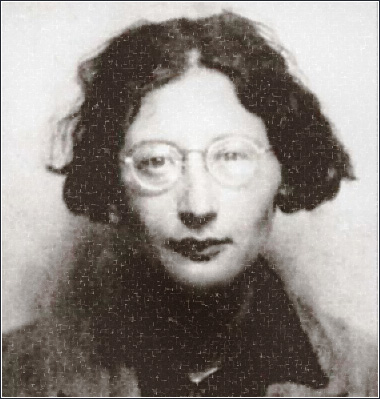
Elizabeth Bishop’s childhood home in Great Village, Nova Scotia. The parlour in which “First Death in Nova Scotia” is set is to the right. The skylight is over Bishop’s tiny bedroom: it was there as late as 1998 and may still be there.
Further to Michael’s earlier post: Frye does have this reference to Bishop in one of his sets of autobiographical notes:
Elizabeth Bishop and the left hand drive—roads hardly wide enough to have two sides. The red, blue and yellow roads, the last a dirt track through the bush. Still, variety of makes of cars, words like Willys-Knight can still throw me into a nostalgic trance. (CW 25, 30)
The “left-hand drive” reference is explained in one of Frye’s reminiscences in the talk he gave at Moncton’s Centennial Celebration a few months before his death:
I was at a dinner at Harvard University seated beside a poet named Elizabeth Bishop, who was a New Englander with a summer cottage in Nova Scotia. She spent half her time in Nova Scotia, so much so that one or two Americans suggested Canadians really ought to make her Canada’s national poet. I think it was a bit of a problem for her too to decide whether she was Canadian or American, and she finally solved the problem by going to live in Brazil. However, she came back to Harvard. She was a very shy person and was very chagrined at being put beside me, because she was frightened by strangers of all kinds. She said, ‘I haven’t read any of your books.” I said, “Well, I haven’t read them either. I’ve only proofread them.” Then she stared at me a while longer, and she said, “When was it that New Brunswick changed over from a left hand to a right hand drive.” “Well,” I said loudly and confidently, “September 1920.” I realized afterward that I had almost certainly got the date wrong. But what I do remember was the fact happening and my mother’s comment that they were going to have trouble with the horses, especially the milk team horses. In any case, whether I got the date right or not, it must have been around that time that the province discovered that there was a difference between the left hand and the right hand on the road.
So far as I remember in 1919 or 1920, there were no paved roads in the province, and the roads were really paths through the woods. They were not exactly blazed trails, but you followed the road by tracing the colored bands that were painted around the telephone poles. The Red Band Road went down the St. John Valley through St. John to Moncton and from there to Sackville and Cape Tormentine. The Blue Band Road started here at the corner of Main and Botsford and went up the east coast around Tracadie to Campbellton. And the Yellow Band Road started at St. Andrews and went northeasterly through Fredericton and Newcastle to Bathurst. Later on, when I acquired a bicycle, I found myself tracing other of these paths through the woods, exploring what were at the time practically nothing but trails––the McLaughlin Road, roads in Albert County––and going out to the gorge and other outlying parts of Moncton. It was a solitary exercise, but it was by no means lonely, because each road was an adventure, and it had the feeling of a kind of Hansel and Gretel exploration about it. Naturally, as a city grows, more and more of its residential areas turn into commercial areas––things like Trans Canada Highways and airports and so on make the old paths through the woods totally obsolete. (CW 25, 48-9)
(Photo via The Elizabeth Bishop Society of Nova Scotia)



